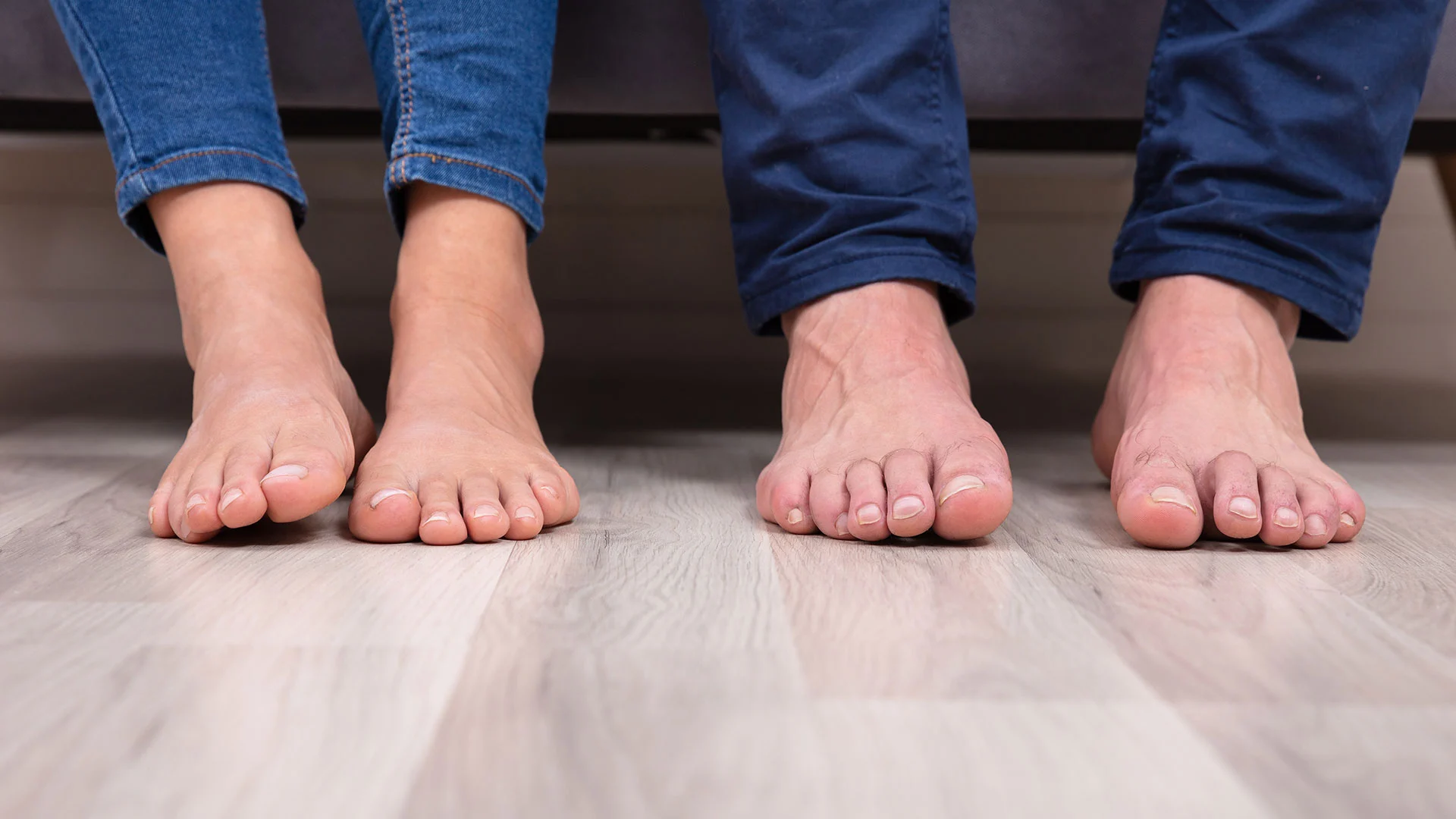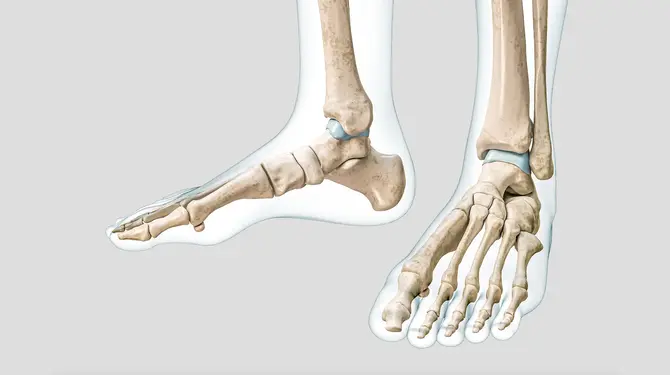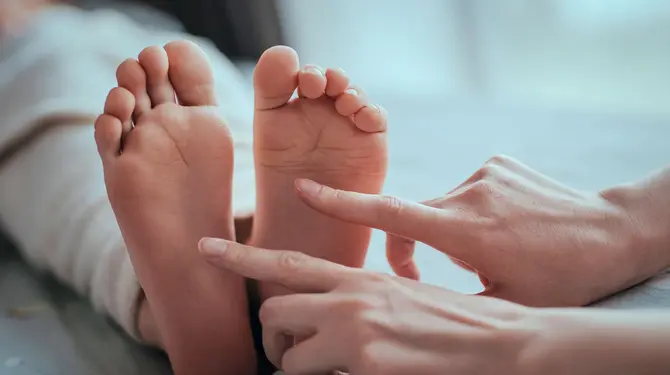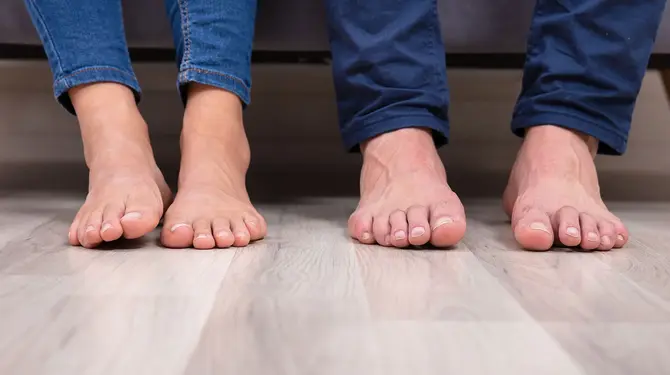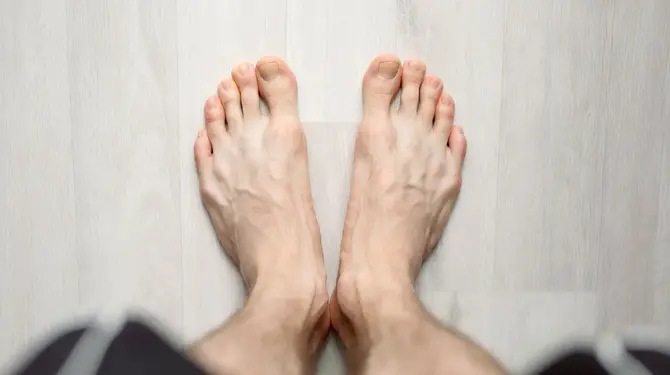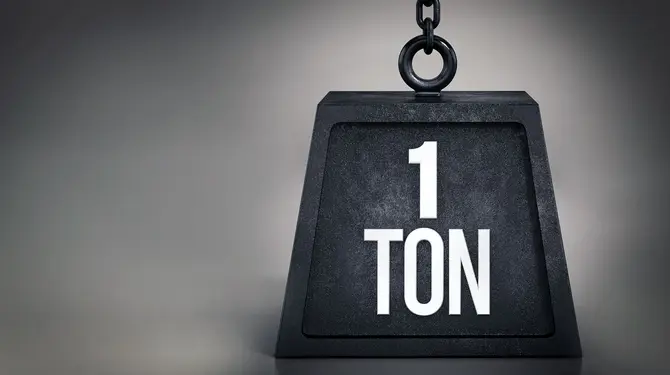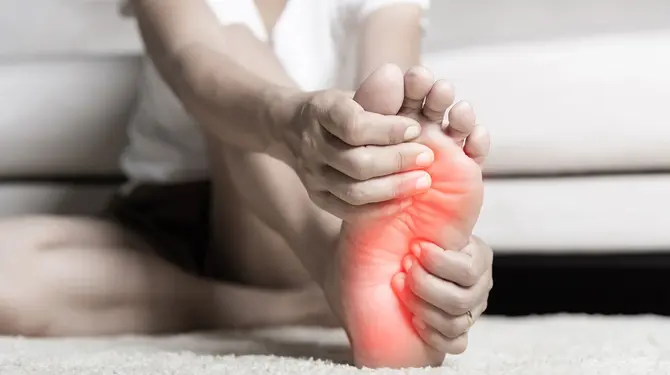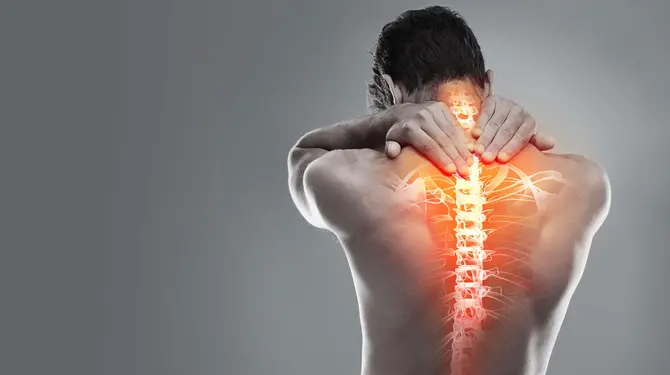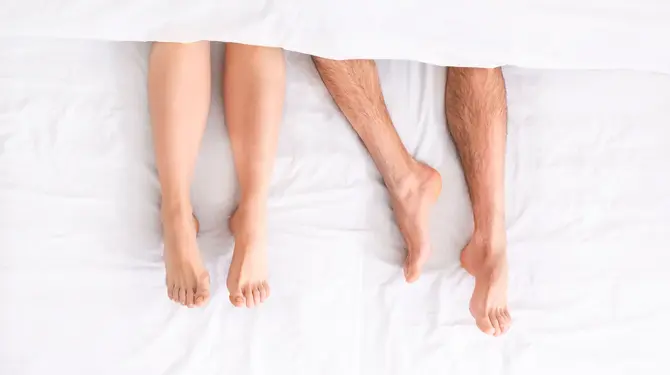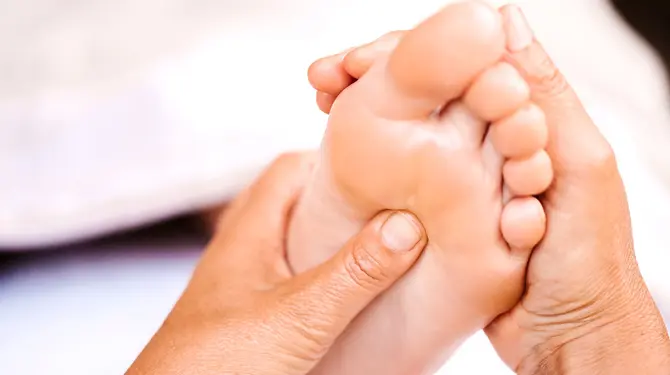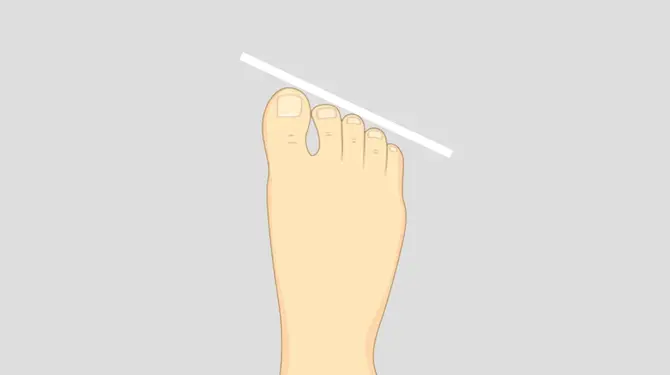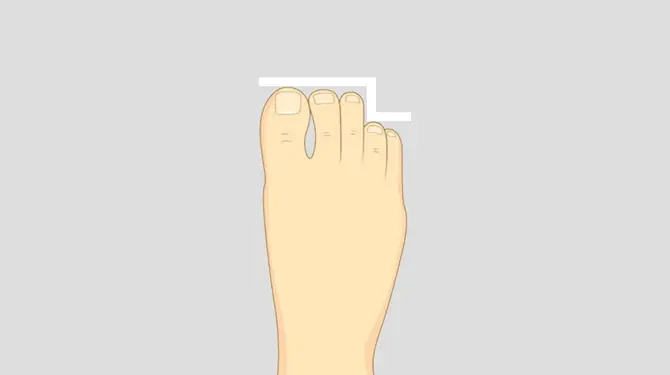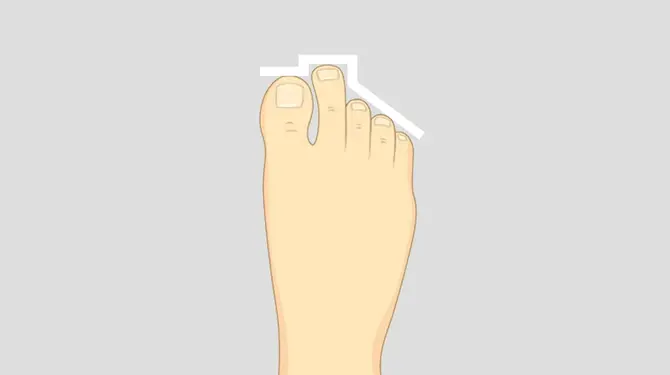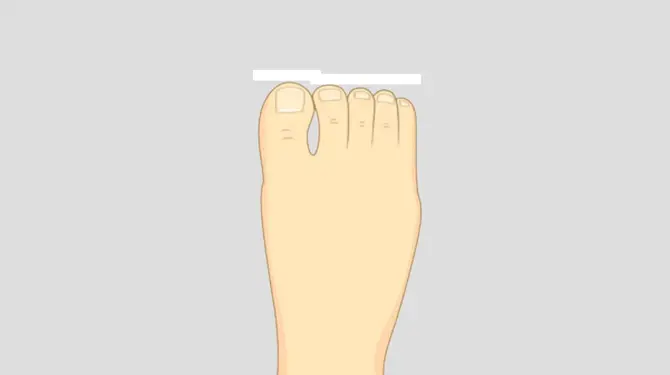Thanks to their 52 bones, 26 joints and countless tendons and muscles, they get us from A to B hundreds of times a day, especially for physically active people. On average, a person has taken around 175 million steps by their 80th birthday - and has most likely complained of back, knee or neck pain more than once during this time. Without realising it: In all likelihood, their feet are to blame. Or rather their atrophy.
In general, a distinction is made between three different foot shapes, measured by the length and geometry of the toes. Their names - Egyptian, Roman and Greek. In fact, the names are to be understood as a reference to the countries or cultures in which the respective foot shapes were most frequently depicted in art.
DO YOU KNOW THE FIT-DAY®?
With the FIT-DAY® concept, we pursue a holistic and individualised foot consultation approach.
LEARN MORE ➔
